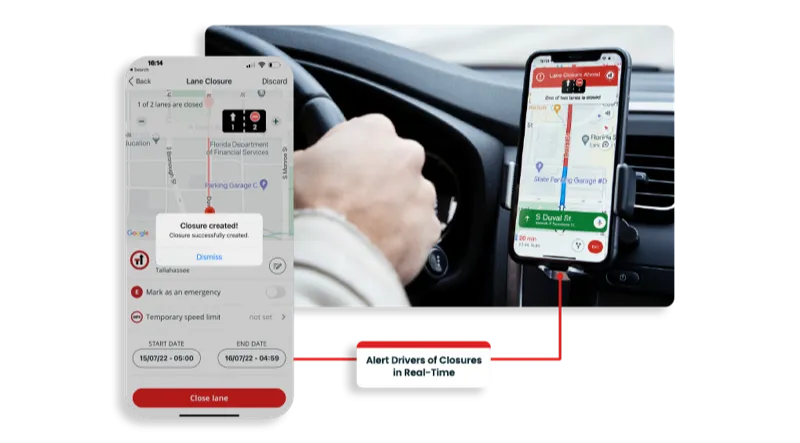Almost one third of consumer vehicles shipping in 2024 will be equipped with some form of heads-up display (HUD), with the bulk of the growth driven by combiner units. Traditional head units are being joined by virtual instrument clusters and HUDs in providing drivers with information relating to navigation, on-board audio and inputs from ADAS systems. These displays will demonstrate strong growth, with the proliferation of connected vehicles requiring adaptable and reconfigurable visual interfaces. There a
March 9, 2015
Read time: 2 mins
Almost one third of consumer vehicles shipping in 2024 will be equipped with some form of heads-up display (HUD), with the bulk of the growth driven by combiner units.
Traditional head units are being joined by virtual instrument clusters and HUDs in providing drivers with information relating to navigation, on-board audio and inputs from ADAS systems. These displays will demonstrate strong growth, with the proliferation of connected vehicles requiring adaptable and reconfigurable visual interfaces. There are also considerable design advantages, as heterogenisation can be achieved through the simple development of separate user interfaces for a small number of shared displays, rather than the manufacture of various physical controls for different classes of vehicle. Reconfigurable displays allow for further personalisation by the end user, opening up various after-market opportunities, with consumers being able to purchase new skins and themes for their vehicles. The main suppliers of HUDs include311 Bosch, 260 Continental, Denso, Nippon-Seiki and 598 Panasonic.
These displays are also likely to become more specialised in their content. One solution is to reduce the number of displays in the vehicle, such as in the 20142125 Audi TT, which discarded the traditional head unit screen in favour of a virtual instrument cluster. However, there is still scope for multiple displays to be included in a single vehicle.
“The lower manufacturing cost and smaller size of combiner HUDs will make this kind of display viable in smaller and more price sensitive vehicles. This growth will be furthered by an underlying consensus to keep the driver’s eyes on the road ahead,” comments James Hodgson, research analyst.
“The key lies in adapting each display for a specific role. The most likely outcome is a situation in which a HUD serves to augment the driver’s appreciation of what is unfolding outside of the vehicle, a digital instrument cluster provides critical information relating to the vehicle itself, while the head unit display becomes more geared towards entertaining the front passenger rather than assisting the driver,” Hodgson explains.
Traditional head units are being joined by virtual instrument clusters and HUDs in providing drivers with information relating to navigation, on-board audio and inputs from ADAS systems. These displays will demonstrate strong growth, with the proliferation of connected vehicles requiring adaptable and reconfigurable visual interfaces. There are also considerable design advantages, as heterogenisation can be achieved through the simple development of separate user interfaces for a small number of shared displays, rather than the manufacture of various physical controls for different classes of vehicle. Reconfigurable displays allow for further personalisation by the end user, opening up various after-market opportunities, with consumers being able to purchase new skins and themes for their vehicles. The main suppliers of HUDs include
These displays are also likely to become more specialised in their content. One solution is to reduce the number of displays in the vehicle, such as in the 2014
“The lower manufacturing cost and smaller size of combiner HUDs will make this kind of display viable in smaller and more price sensitive vehicles. This growth will be furthered by an underlying consensus to keep the driver’s eyes on the road ahead,” comments James Hodgson, research analyst.
“The key lies in adapting each display for a specific role. The most likely outcome is a situation in which a HUD serves to augment the driver’s appreciation of what is unfolding outside of the vehicle, a digital instrument cluster provides critical information relating to the vehicle itself, while the head unit display becomes more geared towards entertaining the front passenger rather than assisting the driver,” Hodgson explains.









